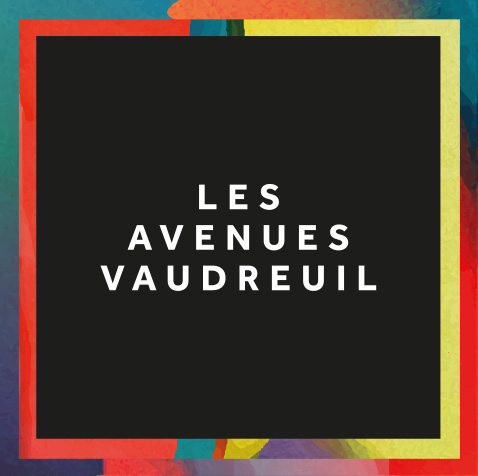
2020-09-16
LA POMME VERTE at l’Avenue Marché: Interaction with your reflection
One of the core values of the Harden family-owned business is the promotion of art and culture.
This is exemplified by the magnificent sculptures that enhance the Vaudreuil-Dorion commercial centre.
We are happy to share with you the secrets of the 3 works highlighting each of the gathering places that comprise
Les Avenues Vaudreuil: Avenue Mode, Avenue Marché, Avenue Loisirs.
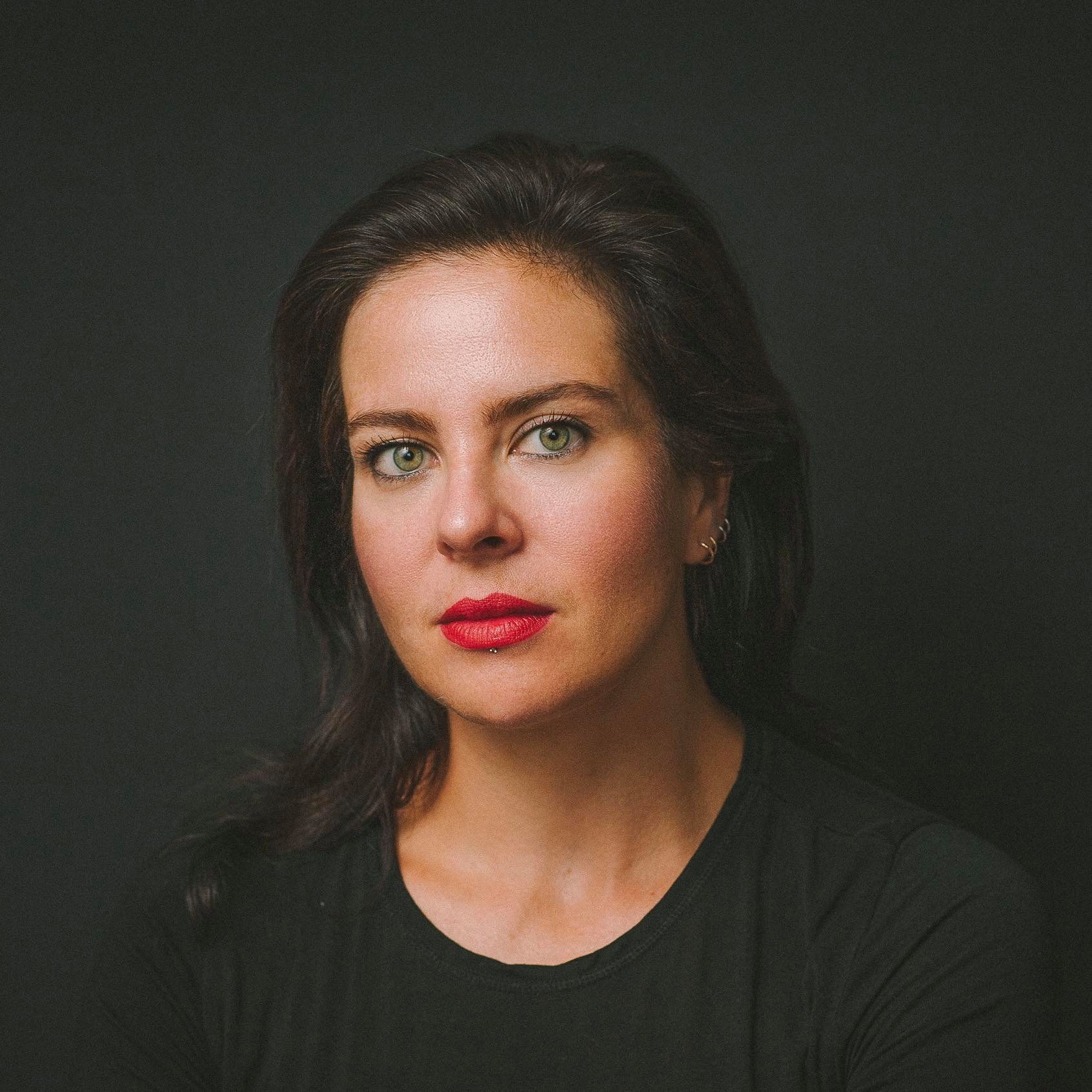 |
Here is the last of the three pieces, LA POMME VERTE. We continue our exciting conversation with Vanessa Harden, one of the artists behind these works. |
PART III – LA POMME VERTE
How can a place such as Les Avenues Vaudreuil benefit from art?
The goal is to enhance shoppers’ experiences. It gives people coming here something more to see, do and relate to; it about providing visitors with a unique experience.
For Les Avenues Vaudreuil, each art piece tells a story about the Avenue where it’s located: EN FAMILLE is about family shopping at Avenue Mode, LES PÊCHEURS is about engaging activities at Avenue Loisirs, and LA POMME VERTE evokes gourmet delights at Avenue Marché.
These interactive and creative physical elements invite visitors to connect with each Avenue’s personality.
How does art contribute to the community?
Art helps build community by providing a meeting place where people can come together, a place that people can relate to.
Art translates an emotion or a feeling of the space. Creative works help to create a connection with the visitors and allow them to embrace and understand the thematic of the space they’re visiting. This kind of work is a beacon for the community.
Do you think art is underrated in society?
For sure! People tend to think that art is “easy,” that you just come up with an idea and do it. But it’s actually really hard.
Some major cities are trying to promote art. Because when times change, and people disappear and everything is gone, there’s nothing left of the present—except art. Art tells you what happened. So art is very important. It’s a capsule of time and emotion from that particular period.
What would be a piece of art, from anywhere in the world, that really speaks to you?
For me, it’s less about the actual pieces and more about the designers. It’s these designers’ state of mind, how they think in a way that they are able to produce these kinds of extraordinary works. That’s what impresses me.
Thomas Heatherwick is one of these fascinating designer-artists. He creates large-scale architectural installations. He created the cauldron for the 2012 London Olympics and Paralympics. It’s a structure that went up and then opened mechanically. It’s very inspiring to be able to see a piece of art such as this one become functional as well as really beautiful.
The first piece that inspired me as a child was “Girl before a Mirror” by Picasso. At the time, my parents didn’t know as much about art. And yet, they brought me to the gallery as much as they could because I was fascinated at each visit. When I was 12, this painting blew me away: it made me realize that art was not just about painting portraits or landscapes. But what was it? So, I started learning about different artists, techniques, works, etc. My artistic journey started there and is still ongoing.
I love fashion, too. I love Hussein Shaalan. He’s a fantastic fashion designer and he incorporates installation and performance into his fashion as well.
So, I think designers and artists that bring together different mediums in different forms are very interesting. And I think that it’s very constructive to use multiple mediums in different ways to create inspiring and exceptional pieces. Art is not a single-speciality discipline such as only painting or only using wood.
For anyone considering a career in architectural installation design, I’d advise aiming for a varied practice of their art. Materials and shapes are dictated by the concept behind the project, and they have to be adapted to it. We may have to work with materials we’ve never created with before, but, if the concept calls for it, then that’s the material we need to use to create incredible work.
What’s your definition of the artist’s role in society?
It depends on the artist and on how the artist is trying to communicate and convey their message. Some artists really express how they feel and what is happening in society.
That’s essentially the role of art: to express what’s happening in society at a particular point in time. For example, during the Second World War, Picasso’s painting aimed at pushing back against injustice.
Art does many things. It can be a cry, a protest. It can be out of love. But at the end of the day, it’s the expression of a moment, a situation, a feeling—a moment in history through the eyes and emotions of the artist at that time. It’s like writing a book to tell a story.
These works persist through time. That’s why art is such an important means of expression for society. It’s even often possible to understand the historical period of a work through its style.
People come and go, but art remains.
We’re living through a tumultuous time right now with the pandemic. Is it inspiring for an artist?
The pandemic is making everyone look at things differently. I have a lot of friends who are doing a different type of art now: bio art. They’re using different types of fungi, genetics, etc., to create art.
People are looking at how their skills can help, and how they can put their skills to use in different ways. For example, with the non-profit I’m involved in, we’ve been offering workshops on techniques for growing food at home. People are confined to their homes, so they take advantage of it by growing fruits and vegetables.
These initiatives say a lot about the times we’re in.
If you look at graffiti right now, there are amazing murals being created in cities, such as in New York, related to George Floyd’s death. In 2085, people will see these murals and understand that in the year 2020, there was a rebellion against racial injustice. And this is very important. This art speaks about our time. It’s protest art, and it’s just as important as protesting in the streets or writing a letter to your government.
It’s art for impact.
Why are businesses attracted to your company’s expertise?
Because they know that they’re going to get a bespoke piece of art that is about them, not about us.
We get to know our clients so that our creations truly represent them. What we offer is their own concept seen through our eyes. Often, our clients aren’t able to express clearly what they want, and that’s fine because it’s our job to translate their requirements into artistic creations. Some are intimidated by art because they fear that it can turn into something that’s either too concrete or, on the contrary, too abstract. Clients feel more comfortable when they see that we are attentive to their needs and the essence of their brand.
What would you say to those who dream of doing what you do?
I’d tell them what I tell my students at New York University: what’s important is to always continue learning, to continue educating themselves, getting involved in new projects, trying new materials and techniques. That’s how you keep growing. The more tools you have in your toolbox, the more incredible work you can create.
So I’m always learning. Always, always, always.
Is there a traditional field of study leading to what you do?
No. There’s no official program of study related to architectural installation design. It’s more of a mixed bag of skills that allow you to work in it: architecture, fabrication, creation.
For me, knowing how things are made helps me to create. It helps me to envision the final product and the work it will take to get there. You can be a great architect, but if you don’t know how to make the different components of your piece, then you depend on someone else’s technical design, and their interpretation of it can affect your aesthetic.
You have to master your art completely, regardless of your field.
ABOUT LA POMME VERTE
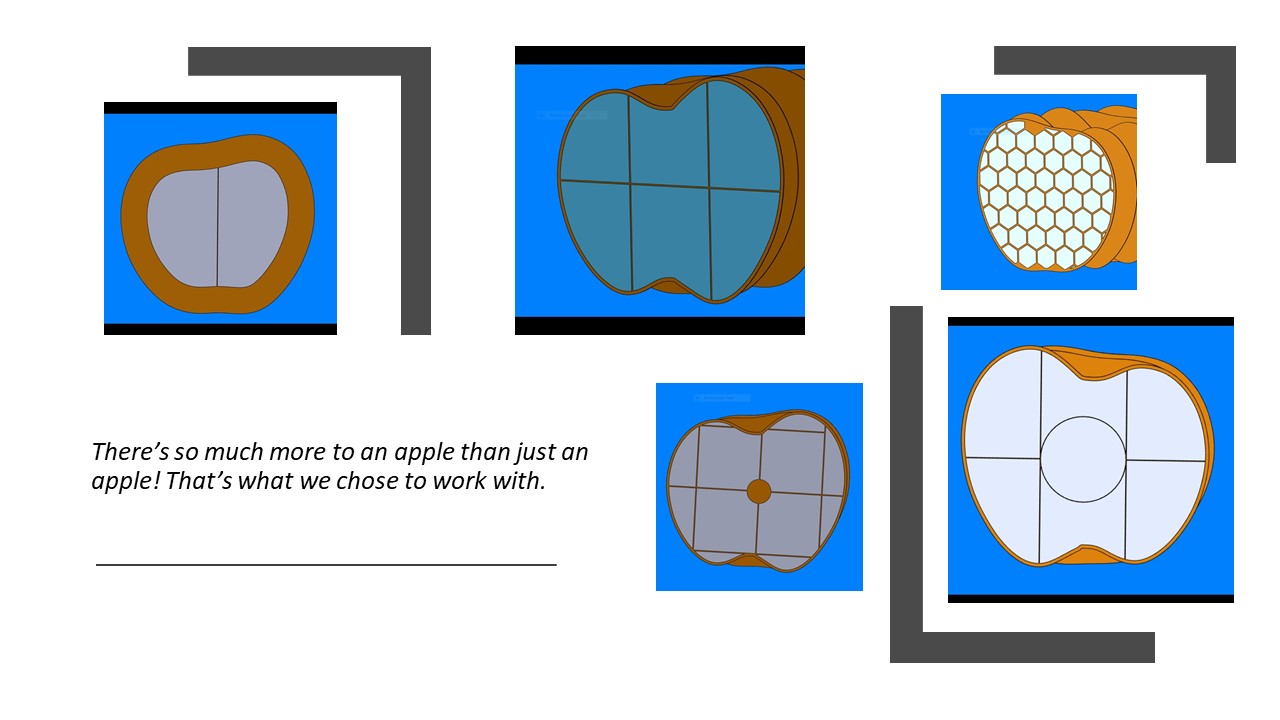
Located at the entrance to Avenue Marché, LA POMME VERTE offers an entirely new artistic experience that reflects Les Avenues Vaudreuil’s gourmet personality.
We don’t normally work with fibreglass, but we did for this piece. We wanted to create something that was larger than life from something that was very familiar, and a fruit that’s very familiar to people is an apple. And there are so many analogies about apples. There’s so much more to an apple than just an apple! So that’s what we chose to work with.
We wanted to create an impact by taking a simple apple and making it interactive, using mirrors. The apple is made of fibreglass, with mirrors on the faces of each quarter. People can walk between the quarters and experience the illusion of infinity.
No moulds were used. Instead, the internal structure was built from wood and covered with fibreglass. It was definitely an interesting process. The work took about four months. It was installed in part last year and completed this year.
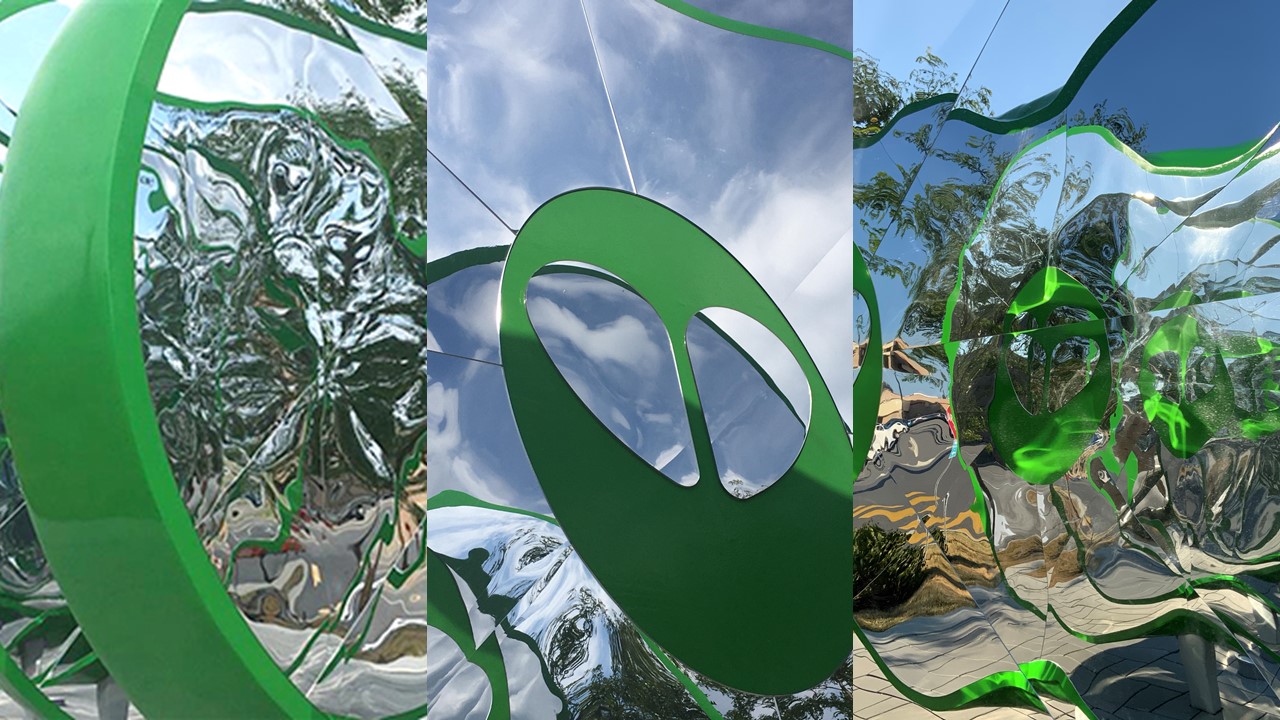
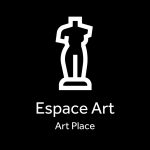
This concludes our series introducing the artwork at Les Avenues Vaudreuil.
Make sure to visit the sculptures. And explore all their facets!
Discover or rediscover LES PÊCHEURS
Discover of rediscover EN FAMILLE
